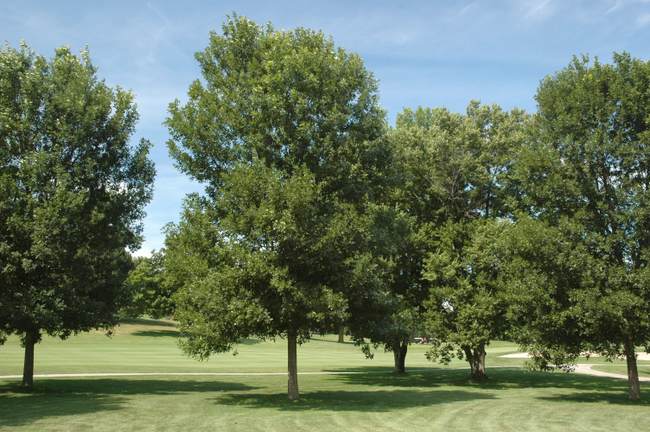
“O Canada” might be the national anthem of our neighbor to the north, but oh, Canada, why do you continue to slide down the diversity, equity, and inclusion drain in the name of all things “woke?”
Ottawa, the capital city of Canada, wants to dictate which neighborhoods “deserve” more trees than others, based on… wait for it… race and other “identity factors” to ensure that “urban forest canopy aligns with its diversity, equity, and inclusion (DEI) priorities.”
Before we continue with the DEI insanity of Canada, let’s first back up a bit.
Given the disastrous policies of Joe Biden’s miserable presidency over the last three years, it’s reasonable to have forgotten that in 2021, the Democrats’ spending bill included $2.5 billion for “tree equity.” I know. Since then, non-profit American Forests has metastasized throughout the U.S., the U.K., and now Canada.
To the shock of no one who pays a modicum of attention to Canadian politics, including the country’s whacked-out prime minister, Justin Trudeau, a report from Ottawa’s climate change and forestry officials suggests the city conduct a “tree equity analysis” to decide where to plant trees.
“Tree equity analysis.” Roll that around in your rational brain for a minute.
It gets worse. The related Tree Equity Score considers factors such as race, age, language, employment, mental health, and income. The report reads, in part:
The distribution of urban tree canopy is frequently associated with socio-economic factors, with lower canopy cover neighbourhoods often having a strong representation of equity-deserving communities.
The City requires a methodology to identify areas of tree inequity and to prioritize tree planting in areas of the city that need it the most.
The Tree Equity Score method uses tree canopy cover data in conjunction with socio-economic and health measures of inequity. This approach produces a score that will identify neighbourhood-level gaps in the urban forest.
Hmm. I’ve never envisioned an “urban forest.” Sounds a tad oxymoronic to me.
So, did you ever think you’d live long enough to think of a “tree planting strategy” — vs. landscaping —as anything other than for things such as erosion control or as a windbreak? Me, neither.
So how is this Tree Equity Score thing going to work, you ask?
Neighbourhoods with lower Tree Equity Scores will be priority areas for tree planting. The lower Tree Equity Score for these areas indicates a need for increased tree planting to provide urban forest services and benefits.
Yeah, we got it: urban forests. Please.
Meanwhile, in other “tree news,” in the no-longer-Golden State, as we reported in early June, it appears that “tree lives” don’t matter as much as much as solar panel “lives.”
Roughly 3,500 Joshua trees have been scheduled to be uprooted and destroyed to make room for a solar farm in California. To stave off bad press, the company is shredding the trees on-site. Did I mention that Joshua trees can live 200 years or more? That is, unless they’re destroyed to make room for a solar panel farm. Hypocrisy? Mixed priorities? Or just plain insanity?
READ MORE: For a New Solar Farm in California, Sometimes You Have to Kill a Tree to Save a Tree
Very confusing.
The Bottom Line
Can you imagine how hard it must be to be a left-winger? On the one hand, nature — including trees — is important to you. On the other hand, “climate change” is your religion.
Then you have to toss in “woke” and DEI (diversity, equity, and inclusion), stir it all up, and finally figure out what the heck you’re supposed to believe and what you’re supposed to fight against.
Way too much work. I think I’ll stick to constitutional conservatism.
